The Threshold.
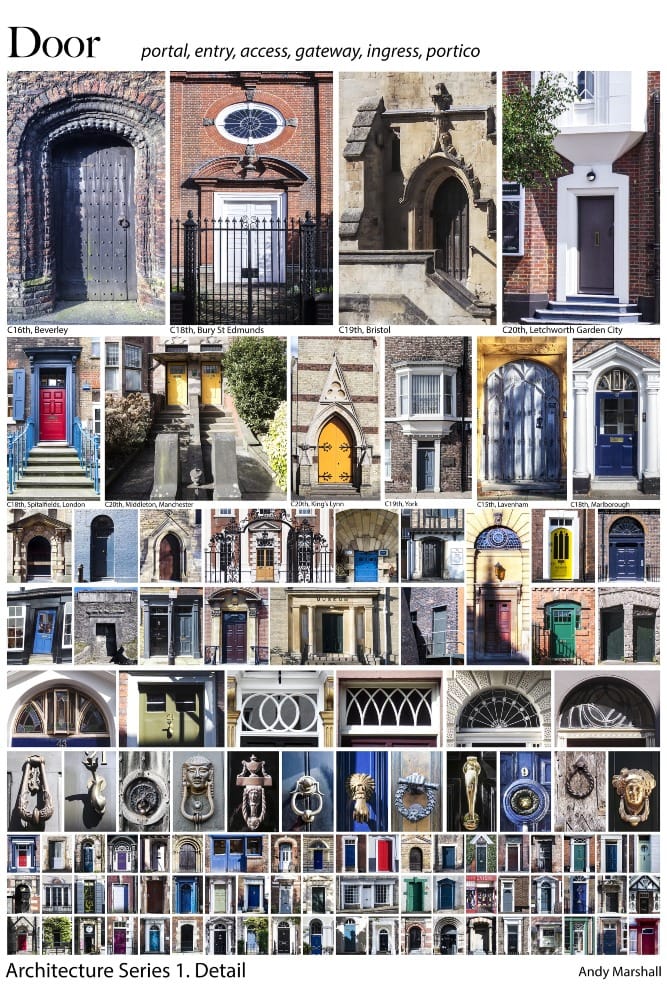
"There are places and things which make our thinking possible, and leave our thinking changed." - Hugh Conway Morris.
Doors showed me the way out of breakdown and depression. After finding myself curled up on my bedroom floor, I tentatively lifted myself up by following a row of slates on the roofs through my bedroom window. I sat up, tracing a gutter line and downspout, then stood and observed the contours of a window. Finally, I settled my eyes on the doors of the street where I lived.
I know it all sounds a little odd, and men don’t usually talk about these things, but I feel that what happened to me during that time was miraculous, and miraculous things should be shouted from the rooftops.
On that pivotal day, I used the geometry of the building to soothe the red-hot poker of my mind, avoiding panic and palpitations by shifting my thoughts into the felt sense of things. My body, in essence, became my ‘mind’s auxiliary’. It wasn’t a planned thing; it just seemed to be my body’s way of dealing with the rising anxiety.
My final act was to look towards the ribbon of doors threaded along the perspective of the street. I felt hope in the fact that they reflected the cosmos of human nature. Doors of every type, doors of different colours, doors with surrounds and doors without. Some doors were adorned with signs and others with potted plants. Some were shiny and new and others had the wonderful flaking patina of age.
For me, the answer to my problems seemed to lie within the doors. Something to do with their complexity. Not just in how they revealed the diversity of human nature, but also in how their visual complexity provided both a balm and the nutrients for my survival and recovery.
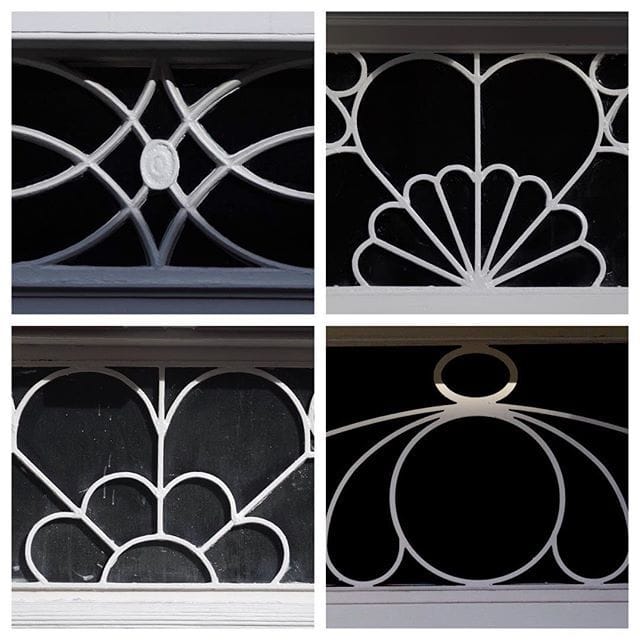
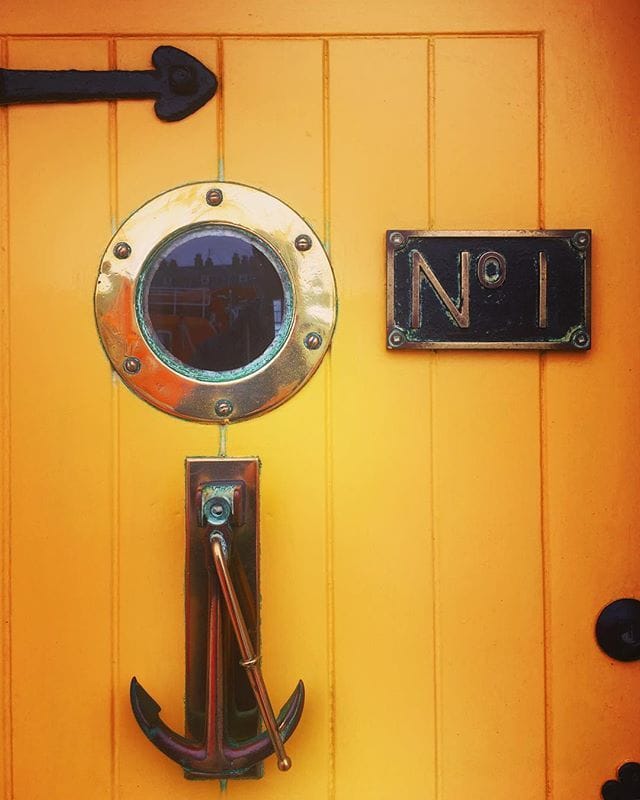
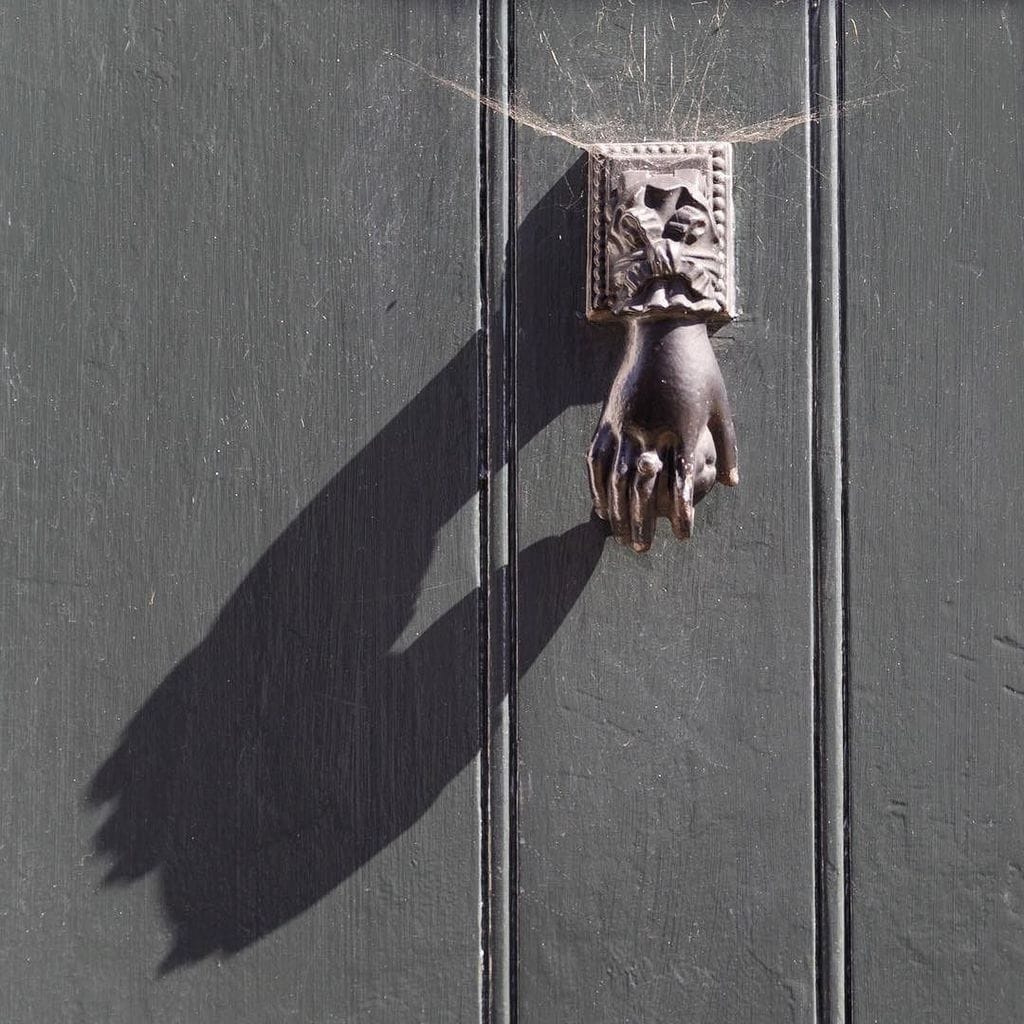
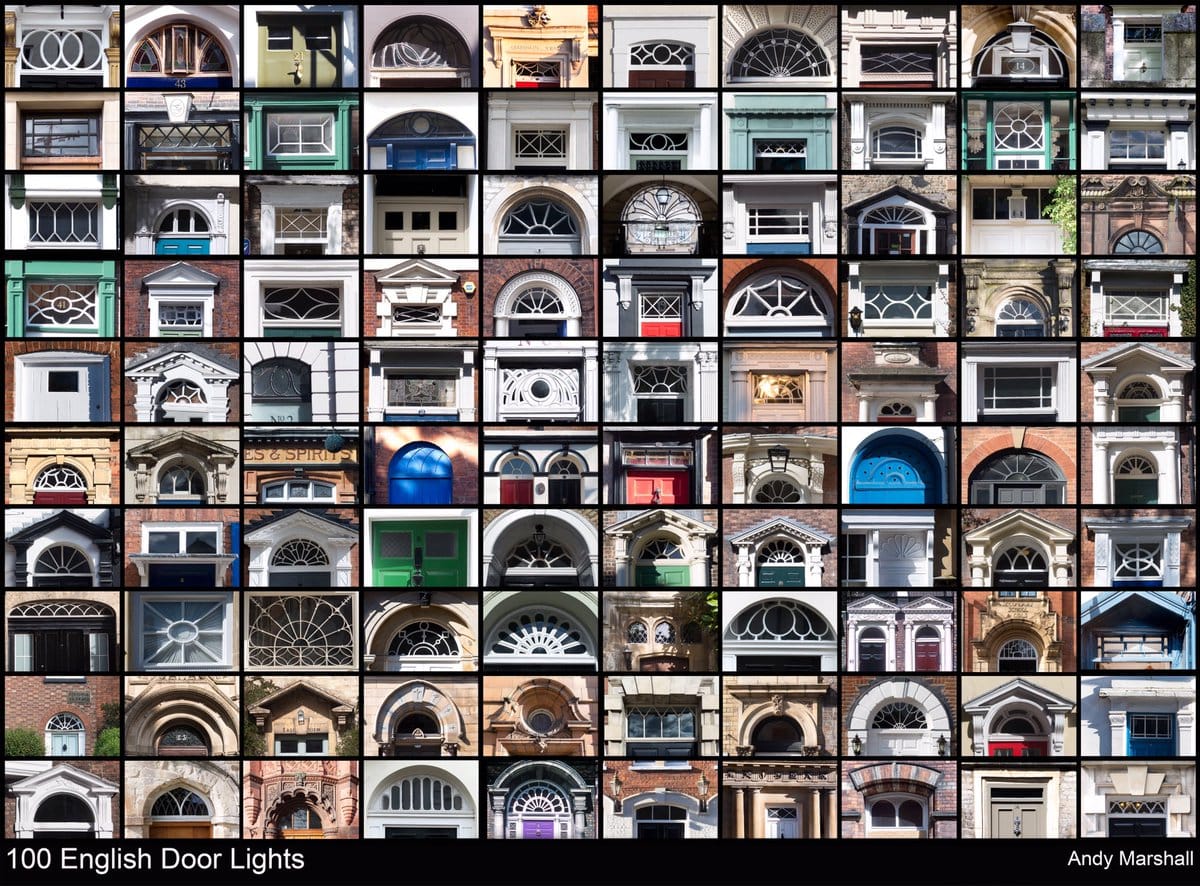
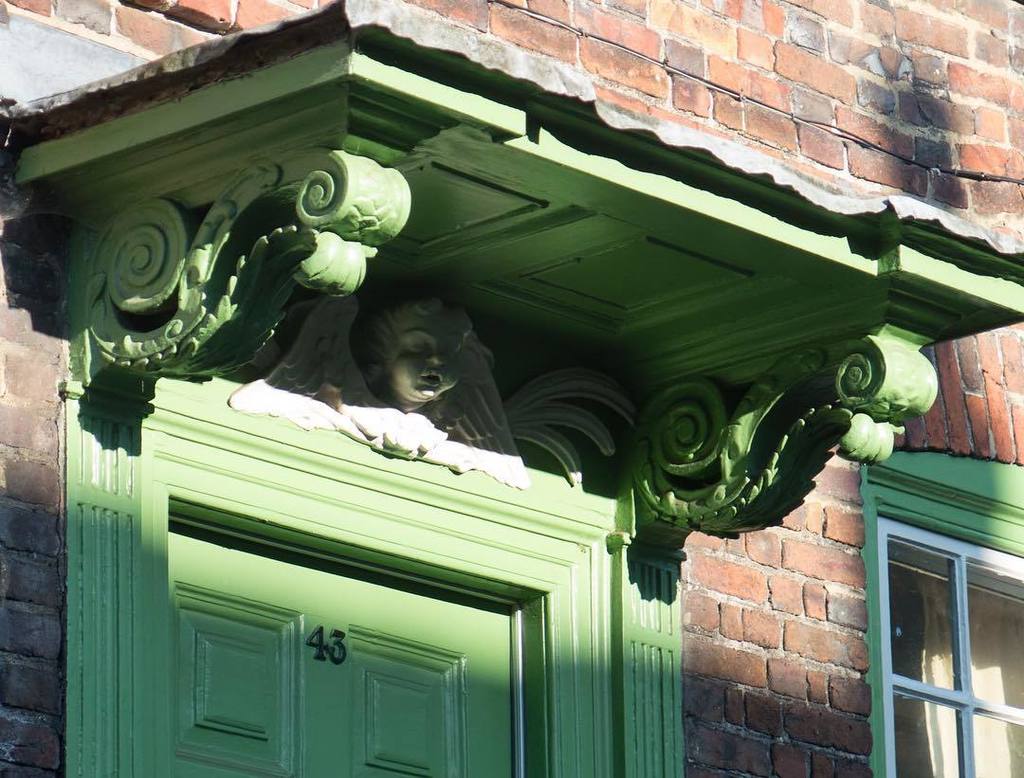
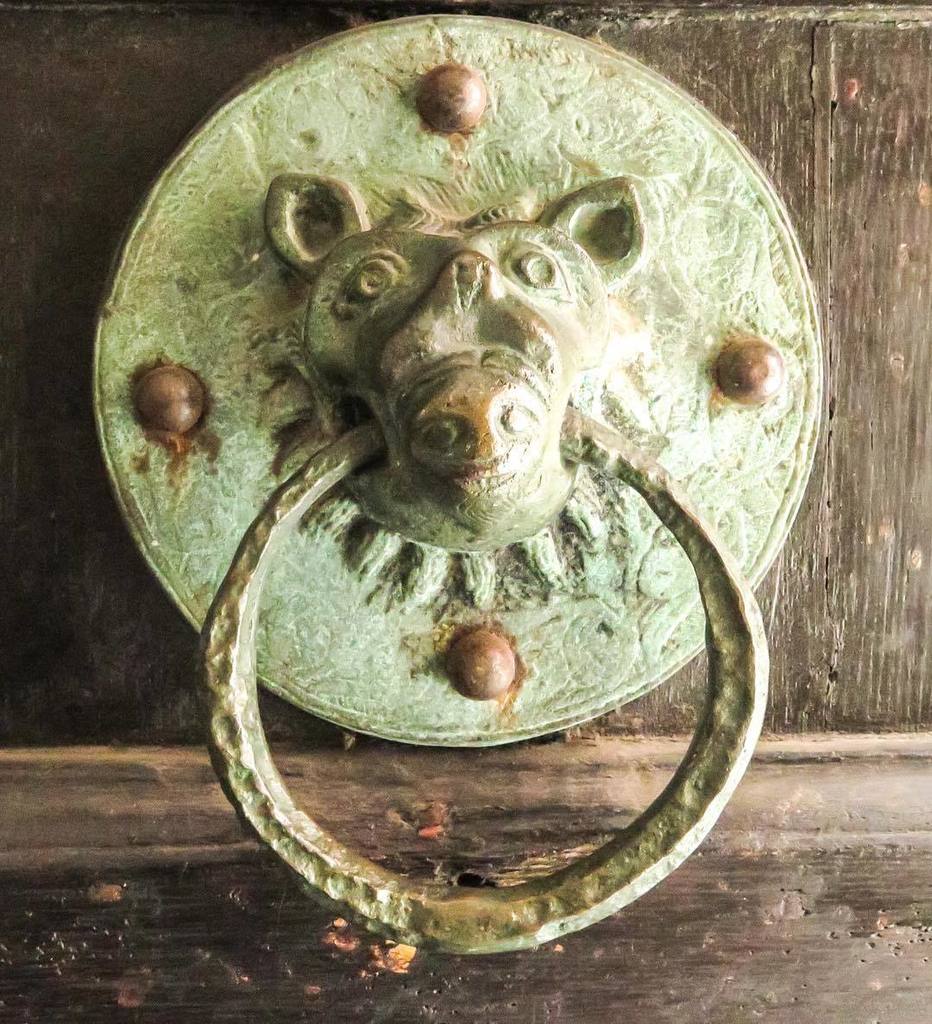
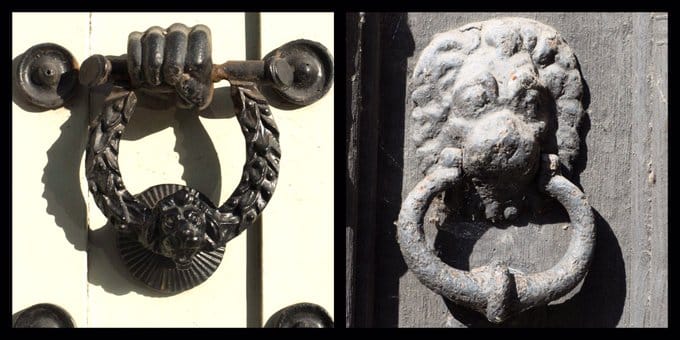
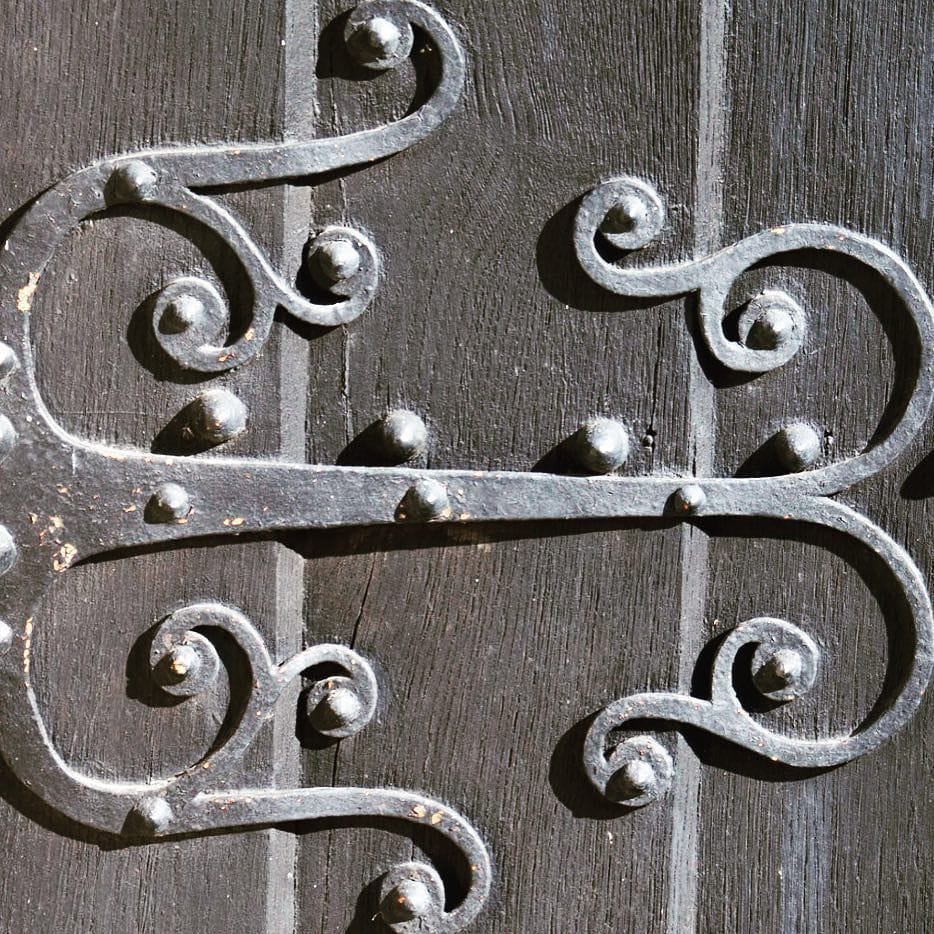
My street was full of humanity, and humanity, for me at that time, represented new beginnings. In facing the overwhelming condition of depression, I felt that there was a door to another place out there that might help me dispel it.
It didn’t stop depression from lurking, but what it did do was spark a journey that led to a complete change of career. I became a photographer of buildings—and that was my door to overcoming depression. I later realised that photography was just a caddy, something that allowed me to work out my own complexities. Luckily, I was good at it and got paid for it; so behind the commercial shoots, I secretly set to work at finding out why and how the doors in my street made me feel whole again.
On that day, the pattern, texture and colour combined with what it represented seemed to jump start another side of my brain - one that had lain dormant for most of my life. It was a revelation to me that I could escape into another realm by strengthening a separate part of my mind as if it were a muscle. It also came as a huge surprise that, in spite of myself, there was something subconsciously and intricately working behind the scenes to find a way forward and heal. There's hope in that for all of us on so many levels.
The nested complexity of a door showed me that there was an infinite number of ways to deal with the notion of entrance and that was an overwhelming tonic of an idea. For if there was an infinite number of ways of dealing with something as mundane as a doorway then there must be an infinite number of ways of dealing with depression and the challenges that life brought me. These notions might seem superficial to some, but they saved my life.
It might not be a door for you. It might be a flower, an insect, a teapot, a train, a piece of music, or a work of art.
As time moved on, I realised it wasn’t really about the doors, but about embarking on a journey that taught me a way of observing and interacting with the world. This new perspective helped me navigate one of the darkest chapters of my life and continues to guide me through new challenges.
This digest is not just a record of my journey, it is an intricate part of my wellbeing - a kind of therapy - a way of cultivating my senses, strengthening the right muscles in my brain and keeping me alive with the joy and hope of a beginner’s mind.
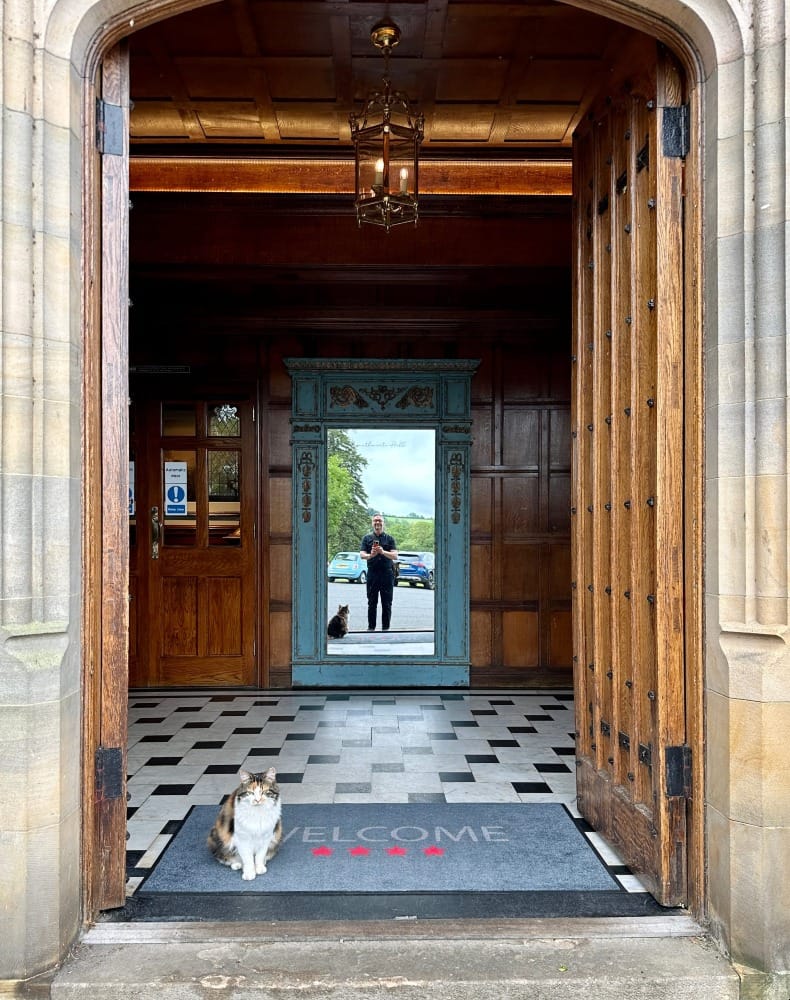
Recently, in Cumbria, in a building with doors that turned into mirrored labyrinths, I witnessed the joyous marriage of my son Sam and his partner, Rowan. For obvious reasons, there was a moment that touched me as they stood at a doorway facing outwards. It seems remarkable to say so now, but without the impact of the humble door on my life, I might not have been here to see it.
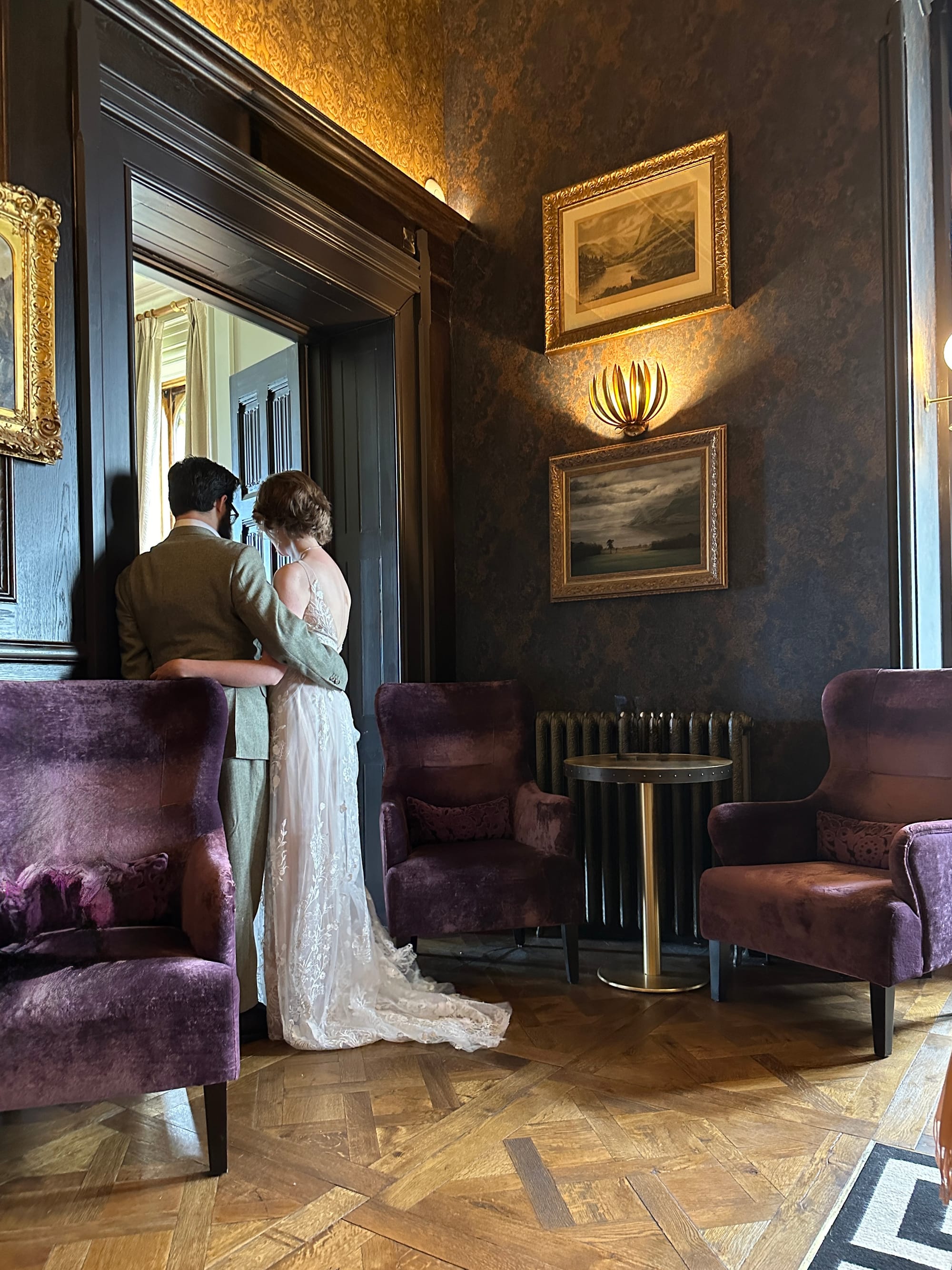

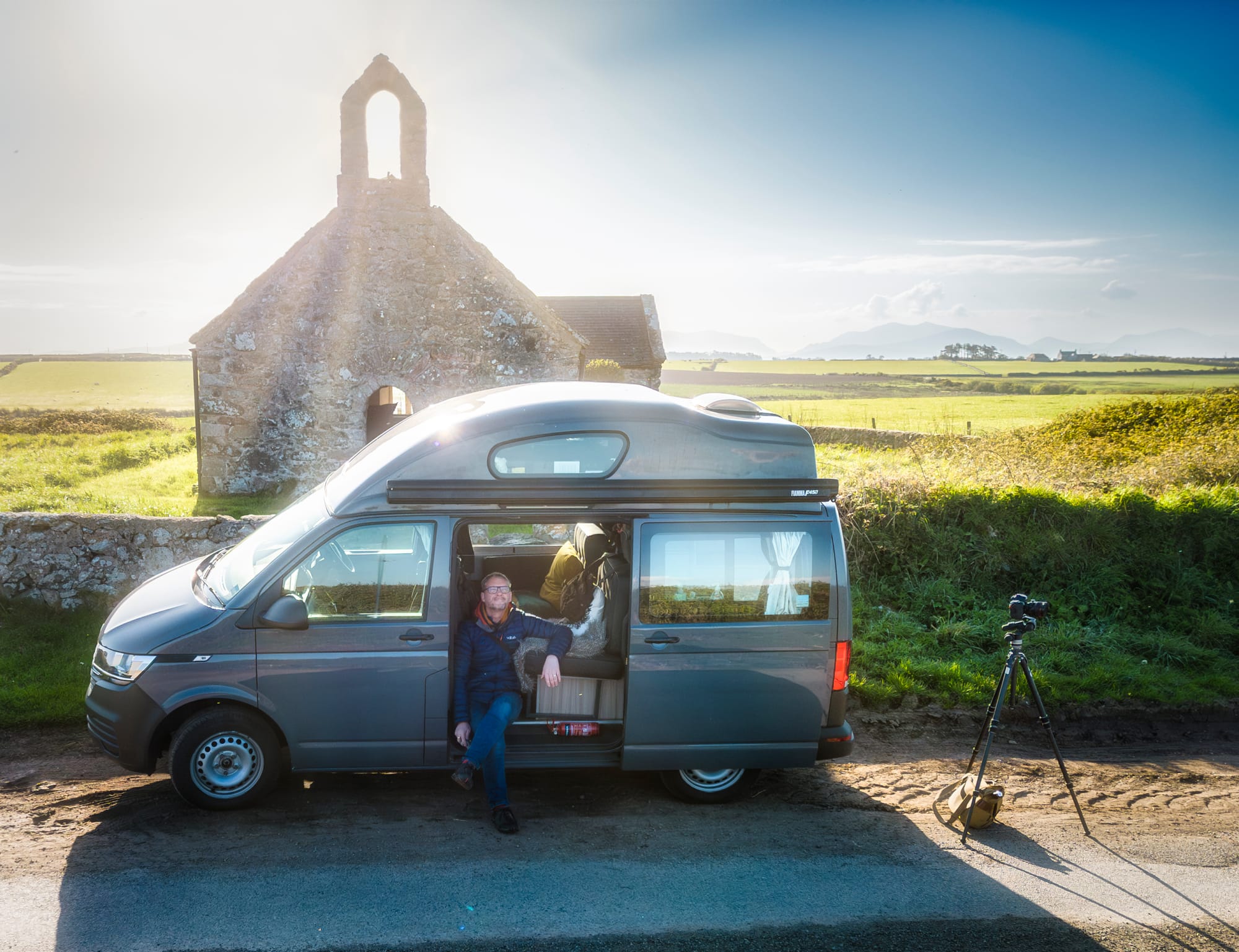
Subscribe to my Genius Loci Digest for free
'This Digest helps keep the past alive as a memory bank. Many of the answers can be found in the wisdom that sits in places, because buildings that survive from the past are the mouthpiece of history. In this Digest I tell stories about them and my encounters with them.'
SubscribeSpirit of Place * History * Material Culture * Heritage * Continuity * Photography * Travel * Architecture * Vanlife * Ways of Seeing * Wellbeing * The Historic Environment * Churches * Art * Building Conservation * Community * Place Making * Alternative Destinations * Hidden Gems * Road Trips * Place Writing *
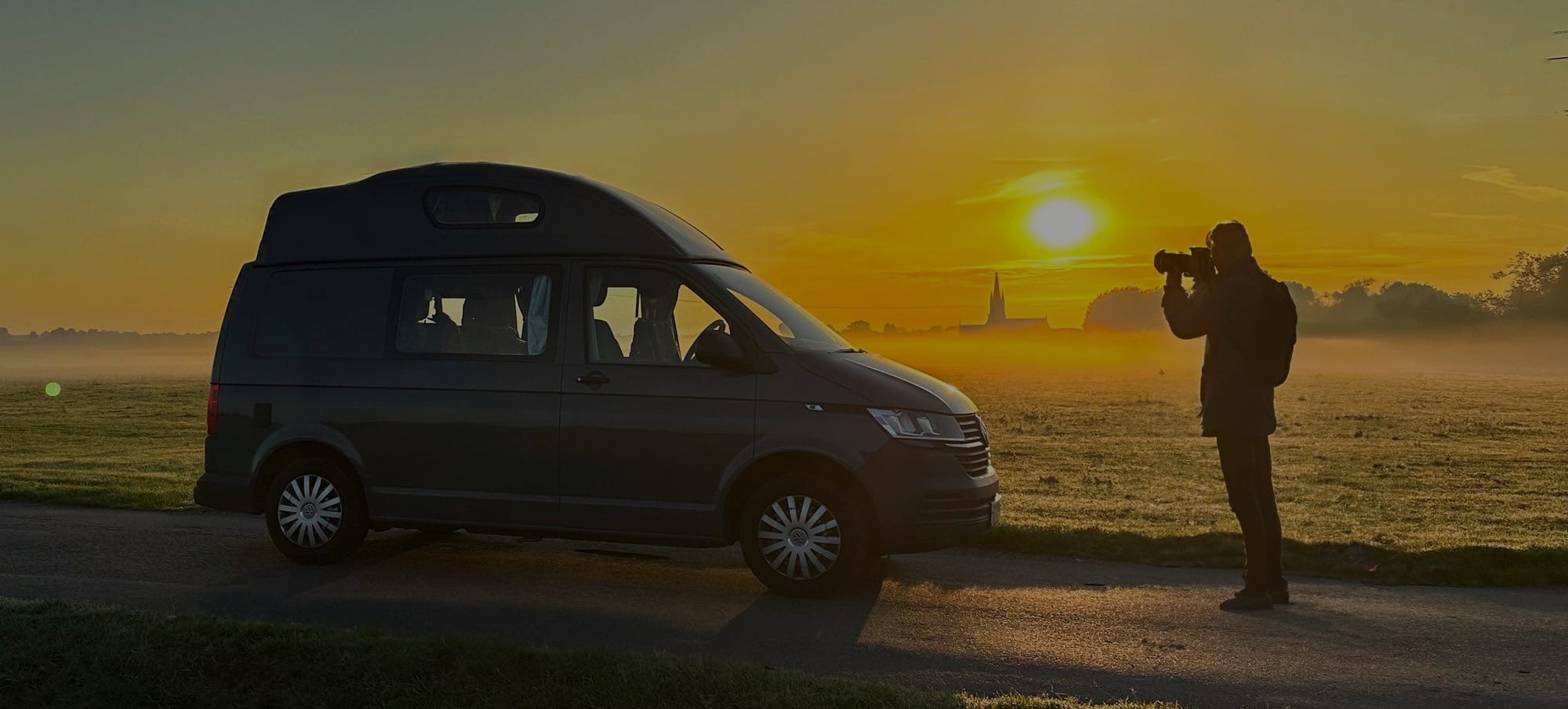

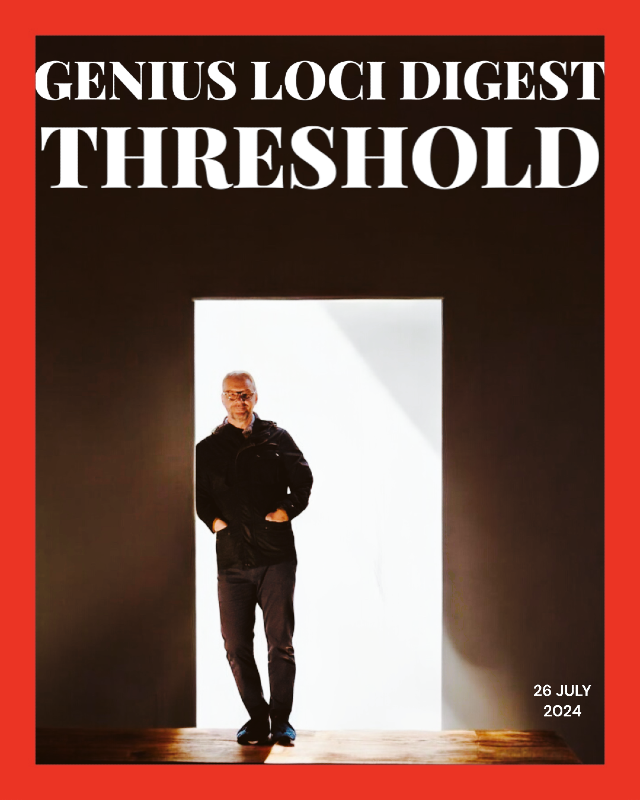

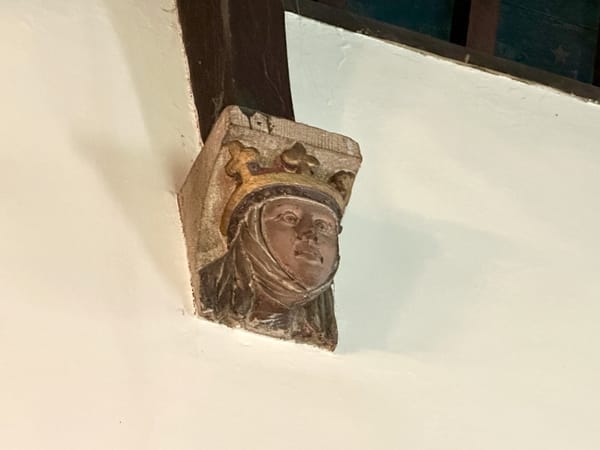


Member discussion